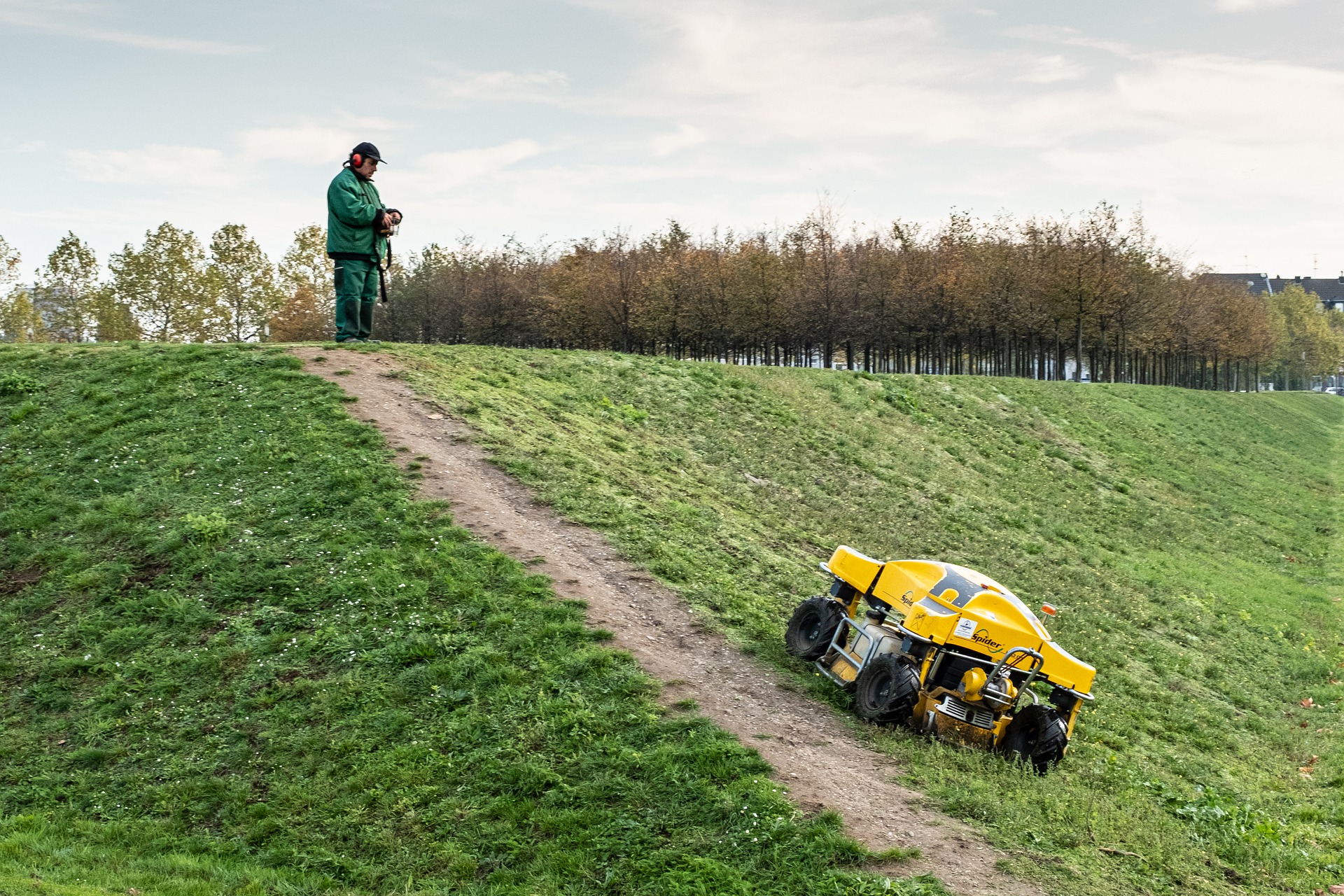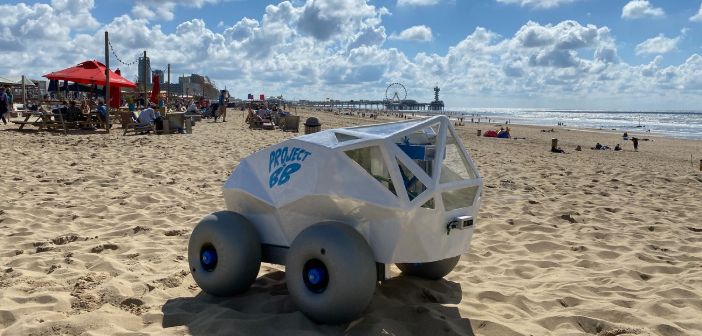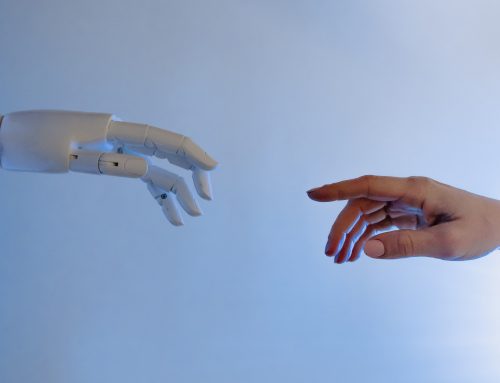Councils are always striving to improve customer satisfaction and workforce efficiency. Over the last ten years, they have done this by streamlining and digitising processes. Doing so has driven efficiency in both front- and back-office functions. Examples include self-service provision for customers, and mobile working capabilities for workers out in the field.
So, where do councils go from here? With AI and robotics as hot topics, we considered how environmental services teams could drive further improvement, innovation and efficiency within their service areas. Below we have listed five AI and robotics innovations that could become commonplace within councils over the next decade.
Autopilot for refuse collection vehicles
We have started seeing vehicles with self-driving capabilities on UK streets. They seamlessly take road markings, people and various obstacles into account as they navigate routes. This same technology is now being trialled with refuse collection vehicles. A set of cameras are placed along the top of the vehicle that scan the horizon for bins.
This AI and robotics technology has been available in some vehicles for a few years. The software matches internal images of different bins from every conceivable angle. Once identified, the software calculates the size of the bin and the distance to the sensor.
The more complicated element is how to collect the bins, empty them, and return them to their collection spot. This could involve smaller robots following behind the vehicle. Watch:
Whilst seeing these on UK streets may be a few years away, the full potential of these waste vehicles will be realised once they are fully electric. Councils could offer carbon-neutral, automated and quiet night collections with minimal traffic impact.
Fully autonomous self-driving waste detection and cleaning vehicles
Developers in the Netherlands are working on an autonomous litter-picking robot (BeachBot). The robot uses a neural network of deep learning algorithms to find, identify and clean up waste.
In other words, the robot compares and processes millions of images relating to waste. Over time, the robot becomes better at identifying it. This results in a tremendous database, leading to a 99.99% accuracy in identifying waste. For any unknown objects, the robot can notify people who will be able to identify it for them.
This technology is not currently ready for use on public roads. It could, however, quickly find use within beach areas on hot summer days, or where large events have taken place and extensive cleanup needs to happen.
Robotic grass cutters
Robotic lawnmowers have been around for a while, and are becoming more common in modern homes. Professional industrial versions are now starting to come to market, and some UK councils already deploy this technology.
The latest machines can run seven days a week and fully automate acres of grass cutting. An advantage of these robots is that they can climb steep banks. These banks might otherwise be left alone due to inaccessibility or risk of an accident. The grass cuttings can be left behind to mulch back into the lawn.
Security of unattended and expensive machinery is an obvious concern for councils (e.g. location tracking via IoT technology). Otherwise, there is no reason why these cannot be deployed on a daily or regular scheduled basis, negating the need for human intervention outside of dropping off and picking up the machinery.
Automatic inspections
A common environmental services task is the completion of inspections. With AI and robotics, these data collection tasks can be automated. The data can be fed back into the system, or a human can use the robot to conduct further actions from a safe location. Application examples include visual inspections, reading gauges, measuring thermals, detecting leaks, and laser scanning.
Autonomous litter-picking boats
Sea, lake and river debris is a growing concern. Along with water authorities, some councils are starting to actively cleanse these areas. The problem is that these areas are often inaccessible and dangerous. As a result, aquatic litter collection is starting to appear on the market.
The latest development comes from the Danish company RanMarine Technology. They have created a robot called WasteShark, which works like a vacuum cleaner. At full capacity, the WasteShark can hold 200 litres of litter. Watch:








